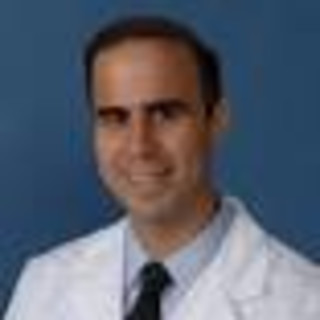As I take the historic Pacific Surfliner train back home to Los Angeles from San Diego, watching the vast ocean and endless coastline pass by my window, I can finally take time to reflect on the the Society for Cardiac Angiography and Interventions (SCAI) meeting that brought me to this exquisite beachside town. Interventional Cardiology has captured the interest and imagination of the public since its inception 40 years ago. In that time, the procedures and technology that have been the hallmark of our field have advanced dramatically from the days of balloon angioplasty to incredibly complex structural heart interventions. (See Dr. Bill O’Neil’s live case this year where he showed us his technique for percutaneous aortocaval cannulation to perform a life-saving non surgical aortic valve replacement.)
Despite monumental advances that have enriched and saved many lives, cardiac procedures have always fallen under strict scrutiny by physicians, the public, and payers. This year has been no exception. One of the biggest topics of conversation was the publication of the ORBITA trial, a sham study comparing stent implantation versus medical therapy for stable chronic angina. Dr. Rasha Al-Lamee, lead author of ORBITA, discussed the strengths and weaknesses of the trial in one of the best-attended sessions. A revelatory moment occurred when she reinforced that 85% of the patients in the study after the 6 week trial elected to have percutaneous coronary intervention (PCI) with stenting, surprising even the panel. She later described that much in the trial that was positive for PCI, and that our current guidelines have it right — medical therapy and PCI are synergistic rather than antagonistic treatments.
A great thinker and pioneer, Dr. Anthony DeMaria, reconciled the results of trials such as ORBITA, COURAGE, and FAME, suggesting that Interventional Cardiologist will need to look more to the physiology of stable coronary artery disease prior to coronary interventions, and turn to old tools such as coronary flow reserve to better understand if symptoms are due to visible coronary artery stenosis or non visible disease (microvascular angina). Structural heart disease was covered extensively as well, as the society members now seek to perfect transcatheter aortic valve replacement (TAVR), a procedure that has gone from science fiction to standard of care across the entire risk spectrum in only a few short years. As patients with prior TAVRs are aging, managing chronic coronary artery disease or concomitant valve disease will become a large focus of research and our clinical attention in the coming years.
Finally, there was a palpable feeling that the atmosphere and demographics of our society is changing to better reflect our current society. Dr. Roxana Mehran gave the Founder’s lecture describing how evidence based medicine is the bedrock of Interventional Cardiology, more so than likely any other field of medicine. Her main point was that we should be proud of these accomplishments, and continue to show our colleagues in other fields how evidence and transparency are good for patients and clinicians and should be celebrated by the public. She also espoused how women are paving the way for the future success of our society, drawing on a multitude of examples of successful researchers and clinicians alike, such Dr. Cindy Grines, a pioneer in using balloon angioplasty to save the lives of acute heart attack patients.
Finally, social media took center stage at this year’s meeting. Twitter-style debates and links to prominent social media outlets were common during the presentations. Rising stars such as Drs. Will Suh, Chadi Alraies, and Sheila Sahni (to name a few) broadcasted the findings in real time with analytical commentary, and thought-provoking polls. If statistical concepts were ever unclear, simply follow Dr. Darrel Francis’ (senior author of ORBITA) “tweetorials,” that have served to demystify and democratize these complex topics, amongst others during the meeting. Over the course of the conference, 819 participants produced 3,540 tweets resulting in over 35.7 million impressions, showing the power of social media to promote and disseminate vital new knowledge.
Overall, the meeting lived up to its standing as the 40th anniversary of an organization that impacts patients in a way that no other medical field can. As I watch the sun begin to set behind an endless horizon, I cannot help but feel proud to have been part of this year’s conference, standing shoulder to shoulder with brilliant and hard working colleagues, and am looking forward to attending (and tweeting about) SCAI in 2019.
Dr. Behi Rabbani is an assistant clinical professor at the David Geffen School of Medicine, UCLA.







